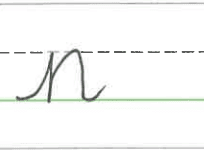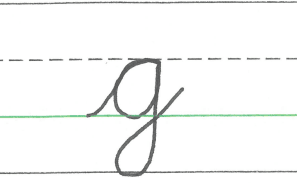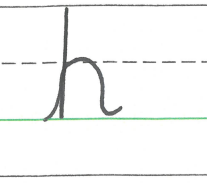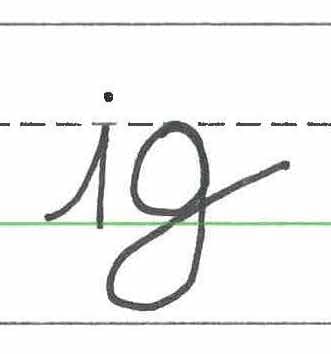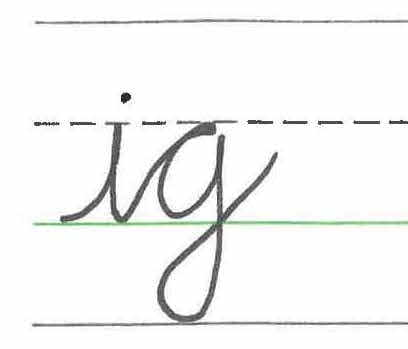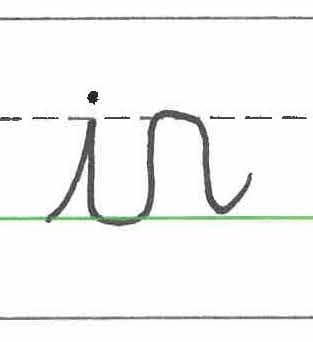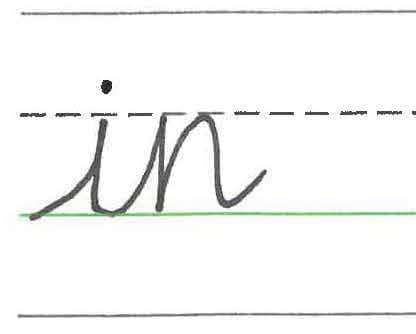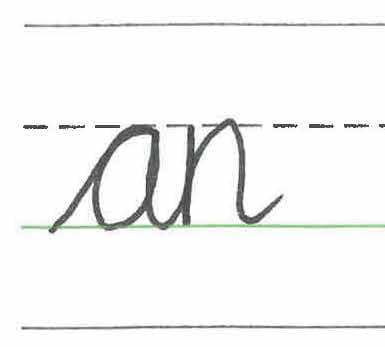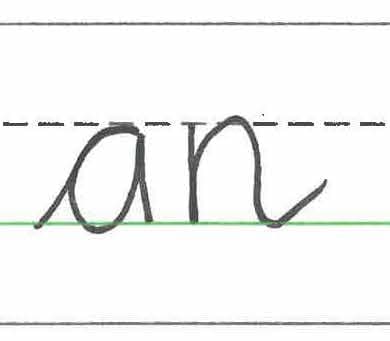Reviewing further common exception words, using lead ins
I can write common exception words using cursive handwriting.
Reviewing further common exception words, using lead ins
I can write common exception words using cursive handwriting.
These resources will be removed by end of Summer Term 2025.
Switch to our new teaching resources now - designed by teachers and leading subject experts, and tested in classrooms.
These resources were created for remote use during the pandemic and are not designed for classroom teaching.
Lesson details
Key learning points
- Common exception words do not follow regular spelling or phonics rules.
- Letters in the common exception words will be joined using a range of joins depending on the letters in the word.
- The first letter always has a lead in and the last letter always has a lead out.
- There is appropriate spacing between the letters.
- You don't lift your pencil to add the 'dot' for the letter i until the letter string is complete.
Keywords
Common exception word - a word that does not follow the regular spelling or phonics rules, often occurring frequently but requiring specific memorisation
Lead in - the stroke or line that guides us into starting a letter
Lead out - the stroke or line that guides us to smoothly finish a letter
Join - connecting together
Letter string - a group of letters that are written together in a word
Common misconception
As a child becomes more confident at keeping their pencil on the page, they may forget to go back and add the 'dot' for the letter 'i' or the cross for the letter 't'.
Model to the children that when you finish a word, you look back at it and check if anything is missing. Modelling this habit will create the habit for them.
To help you plan your year 2 english lesson on: Reviewing further common exception words, using lead ins, download all teaching resources for free and adapt to suit your pupils' needs...
To help you plan your year 2 english lesson on: Reviewing further common exception words, using lead ins, download all teaching resources for free and adapt to suit your pupils' needs.
The starter quiz will activate and check your pupils' prior knowledge, with versions available both with and without answers in PDF format.
We use learning cycles to break down learning into key concepts or ideas linked to the learning outcome. Each learning cycle features explanations with checks for understanding and practice tasks with feedback. All of this is found in our slide decks, ready for you to download and edit. The practice tasks are also available as printable worksheets and some lessons have additional materials with extra material you might need for teaching the lesson.
The assessment exit quiz will test your pupils' understanding of the key learning points.
Our video is a tool for planning, showing how other teachers might teach the lesson, offering helpful tips, modelled explanations and inspiration for your own delivery in the classroom. Plus, you can set it as homework or revision for pupils and keep their learning on track by sharing an online pupil version of this lesson.
Explore more key stage 1 english lessons from the Handwriting review, using lead-ins unit, dive into the full secondary english curriculum, or learn more about lesson planning.

Content guidance
- Risk assessment required - physical activity
Supervision
Adult supervision required
Licence
Starter quiz
6 Questions
